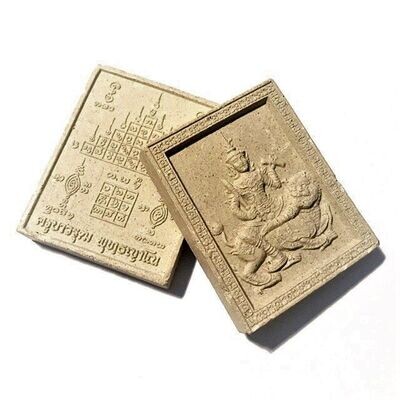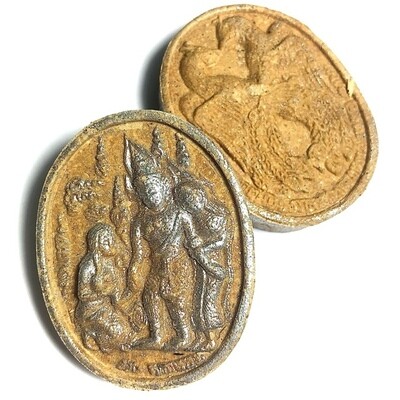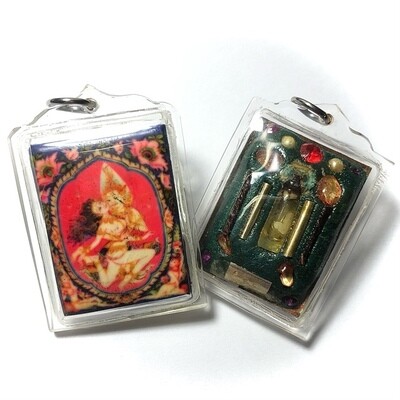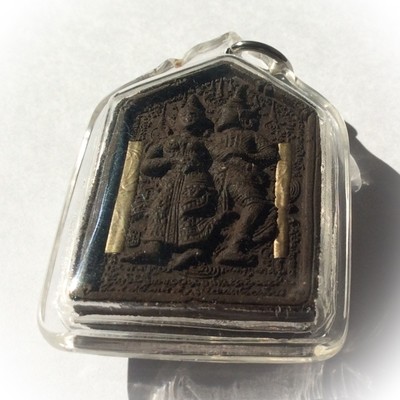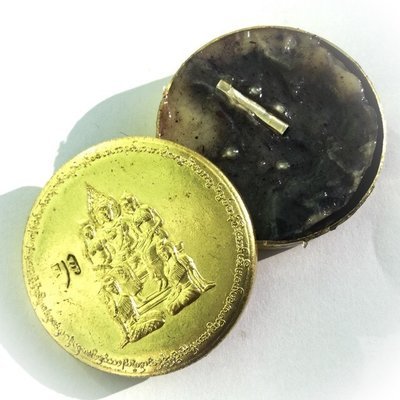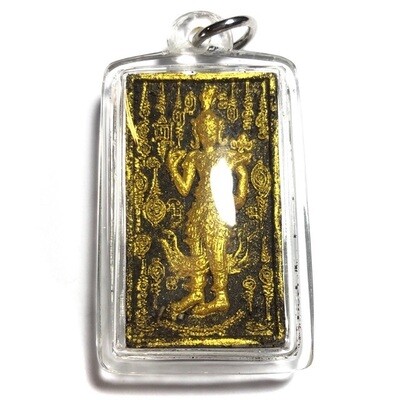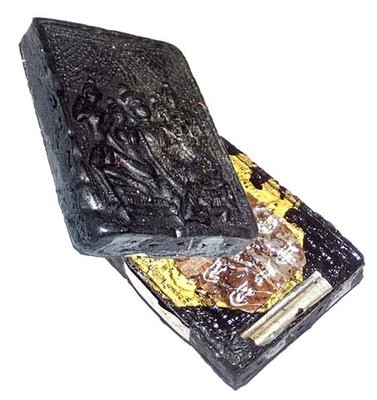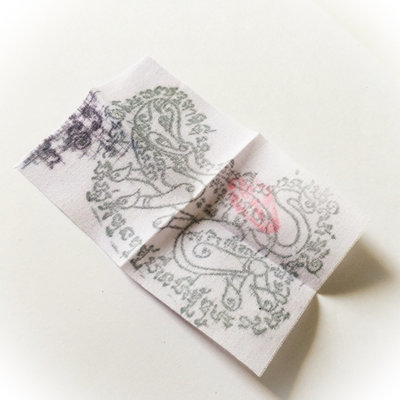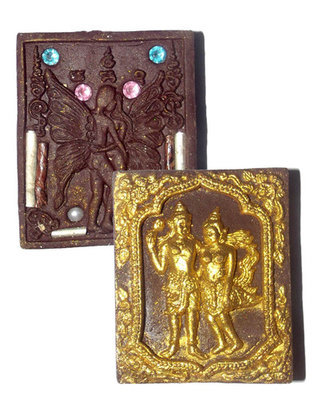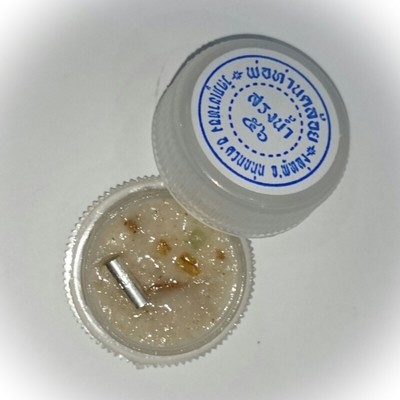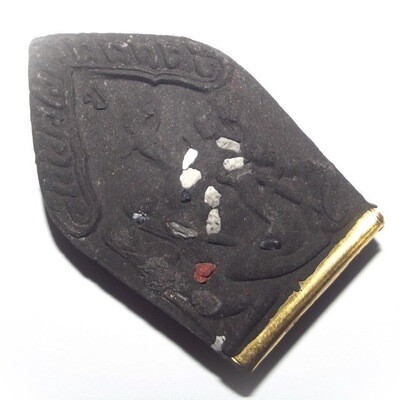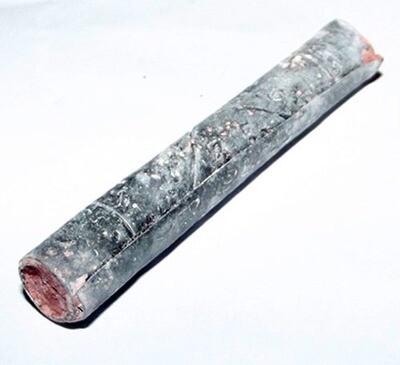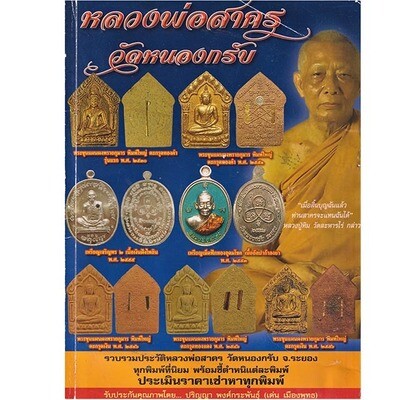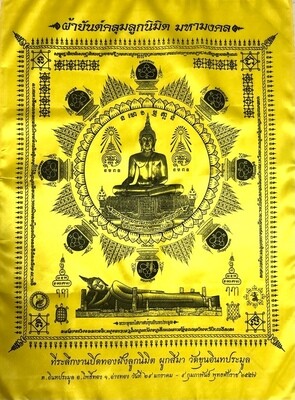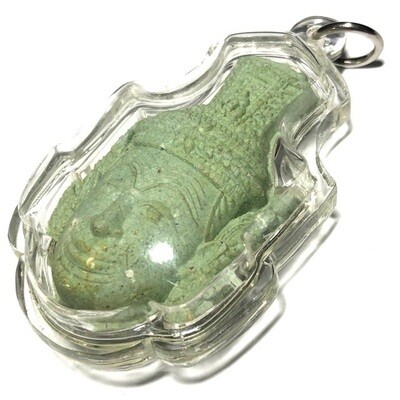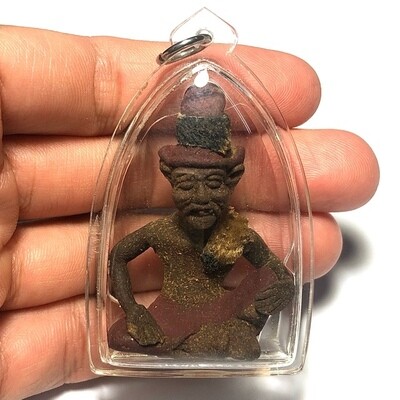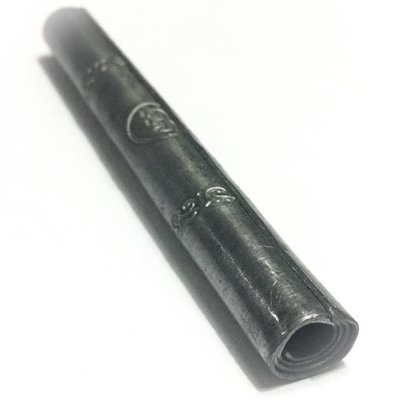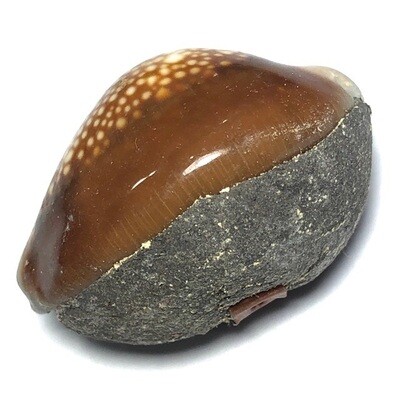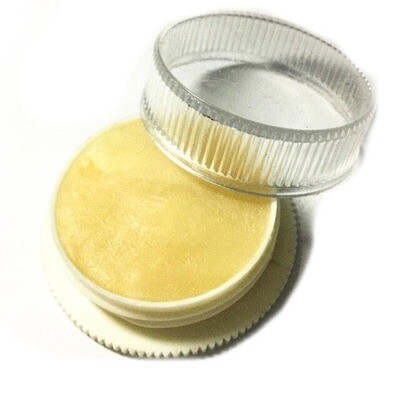

Thailand Amulets
Thai Buddhist and Magical amulets for Wealth, Health, Love and Happiness.
Vast Selection of Amulets
We have a vast selection of over 4000 different kinds of Sacred Amulets and Bucha Items, including Buddha Image, Loi Ongk statuettes, Buddhist Monk Coin Amulets, Takrut Charms, Nam Man Prai Oils, Mai Kroo Wands, Mitmor Ritual Knife, Lek Lai Kaya Siddhi Elemental Substance, Kumarn Tong, Gambling Amulets, Mae Nang Prai, Muan Sarn Sacred Powder Amulets, Palad Khik, Animist Charms, Necromantic Amulets, Buddhist, Animist, Brahman and Necromantic Amulets.
Taep Payatorn Riding Qilin Himapant Lion Hlang Yant - Nuea Pong Sabu Luead Maha Sanaeh Luan - Ajarn Warut - Wat Pong Wonaram
Pra Pong Taep Payatorn (Paetch Payatorn) Khee Gilen (riding Chinese Lion-Dog-Dragon Himapant Animal Chinese; 麒麟; พินอิน: Qílín) with Sacred Yantra on rear face and Yan Na Ok Dtaek Heartybreaker Spell, from Lanna Lay Master and Now Ordained Monk - Pra Ajarn Warut, of Wat Pong Wonaram.Made from the finest Red Sabu Luead and Maha Sanaeh Prai Powders
Ajarn Warut has enjoyed well over a decade of fame as a Lay Practitioner making ratre and limited edition high quality amulets of the Lanna Wicha using Maha Sanaeh Magick and High Necromancy of the Ancient Khmer and Lanna Traditions.
His Paetch Payatorn, Khun Phaen, Paya Khao Kam and other Occult Charms are Immensely favored by an Elite Group of Devotees, who jealously guard and rever his authentically ancient Occult Amulets like no other Lay Master of the last Decade or more. Only Very few limited numbers were made, as is ubiquitous with all editions by Ajarn Warut. The Taep Payatorn is in Essence a Manifestation of the Paetch Payatorn Deva, in this version seated on a 'Gilen' Himapant Lion-Dog with deer Horns and Dragon Mane. The Gilen, or 'Qílín'. is a Magical Animal that is very Similar in Function to the Paetch Payatorn Animist Phallic Deva, and has both Maha Sanaeh, and Kong Grapan Invincibility Powers, as well as Maha Lap Lucky Magick.

The Qílín (Chinese: 麒麟; pinyin: qílín) is a mythical hooved chimerical creature known in Chinese and other East Asian cultures, said to appear with the imminent arrival or passing of a sage or illustrious ruler. It is a good omen thought to occasion prosperity or serenity. It is often depicted with what looks like fire all over its body.he earliest references to the qilin are in the 5th century BC Zuo Zhuan.The qilin made appearances in a variety of subsequent Chinese works of history and fiction, such as Feng Shen Bang.

Emperor Wu of Han apparently captured a live qilin in 122 BC, although Sima Qian was skeptical of this>. In legend, the qilin became a stylized representation of the giraffe in the Ming Dynasty. The identification of the qilin with giraffes began after Zheng He's voyage to East Africa (landing, among other places, in modern-day Somalia). The Ming Dynasty bought giraffes from the Somali merchants along with zebras, incense, and various other exotic animals. Zheng He's fleet brought back two giraffes to Nanjing, and they were referred to as "qilins". The Emperor proclaimed the giraffes magical creatures, whose capture signaled the greatness of his power.
The identification between the qilin and the giraffe is supported by some attributes of the qilin, including its vegetarianism and quiet nature. Its reputed ability to "walk on grass without disturbing it" may be related to the giraffe's long, thin legs. Also the qilin is described as having antlers like a deer and scales like a dragon or fish; since the giraffe has horn-like "ossicones" on its head and a tessellated coat pattern that looks like scales it is easy to draw an analogy between the two creatures. The identification of qilin with giraffes has had lasting influence: even today, the same word is used for the mythical animal and the giraffe in both Korean and Japanese.

The Qilin may be described or depicted in a variety of ways.Qilin generally have Chinese dragon-like features. Most notably their heads, eyes with thick eyelashes, manes that always flow upward and beards. The body is fully or partially scaled and often shaped like an ox, deer, or horse. Always shown with cloven hooves. In modern times, the depictions of qilin have often fused with the Western concept of unicorns. The Chinese dragon has antlers, so it is most common to see Qilin with antlers. Dragons in China are also most commonly depicted as golden, therefore the most common depictions of qilin are also golden, but are not limited to just gold, and can be any color of the rainbow, multicolored, and various colors of fur or hide.
The qilin are depicted throughout a wide range of Chinese art also with parts of their bodies on fire, but not always. Sometimes they have feathery features or decorations, fluffy curly tufts of hair like Ming Dynasty horse art on various parts of the legs from fetlocks to upper legs, or even with decorative fish-like fins as decorative embellishments, or carp fish whiskers, or even carp fish-like dragon scales. Qilin are often depicted as somewhat bejeweled, or as brilliant as jewels themselves, like Chinese dragons.
They are often associated in colors with the elements, precious metals, stars, and gem stones. But, qilin can also be earthy and modest browns or earth-tones. It is said their auspicious voice sounds like the tinkling of bells, chimes, and the wind. According to Taoist mythology, although they can look fearsome, qilin only punish the wicked, thus there are several variations of court trials and judgements based on qilin divinely knowing whether a defendant was good or evil, and guilty or innocent, in ancient lore and stories.
Thai Gilen

In Thailand, the Qílín is known as 'Gilen' (Thai; กิเลน), and is a member of the Pantheon of Thai Himapant Forest Mythical Animals. It is most probable that the Gilen was introduced into the Pantheon unbder the Influence of the Tai Yai who came down from China's South to settle in Siam in Ancient Times, and the Legend was probably incorporated into the Himapant Legends of Siam in this manner. The Gilen is a mixture of various animals, whhich come from differing elemental environments, representing Elemental Magickal Forces Present within each Personified Creature. Many of the Himapant Animals actually represent Gods and Devas of the Celestial Realms, and Bodhisattvas, who manifest as personifications which represent the true nature of each creature Deity through the symbolism of the various body parts amalgamated into the design of the Mythical creature.
In Buddhist influenced depictions, they will refuse to walk upon grass for fear of harming a single blade, and thus are often depicted walking upon the clouds or the water. As they are divine and peaceful creature, their diets do not include flesh. They take great care when they walk to never tread on a living creature, and appear only in areas ruled by a wise and benevolent leader, which can include a household. They can become fierce if a pure person is threatened by a malicious one, spouting flames from their mouths and exercising other fearsome powers that vary from story to story. Legends tell that qilin have appeared in the garden of the legendary Huangdi and in the capital of Emperor Yao. Both events bore testimony to the benevolent nature of the rulers. It has been told in legends that the birth of the great sage Confucius was foretold by the arrival of a qilin. Qilin are thought to be a symbol of luck, good omens, protection, prosperity, success, and longevity by the Chinese. Qilin are also a symbol of fertility, and often depicted in decorations as bringing a baby to a family.
Qilin (麒麟) is often translated into English as "unicorn" as it can sometimes be depicted as having a single horn, although this is misleading as qilin may also be depicted as having two horns. A separate word (simplified Chinese: 独角兽; traditional Chinese: 獨角獸; pinyin: Dújiǎoshòu) is used in Chinese for "unicorns". A number of different Chinese mythical creatures can be depicted with a single horn, and a qilin, even if depicted with one horn, would be called a "one-horned qilin" in Chinese, not a "unicorn".. It is because of the whimsical, supernatural, mythical, mystical, and religious similarities in antiquity to the Western unicorns that the Chinese government minted coins in silver and gold several times depicting both the qilin and the Western Unicorn together. The Paetch Payatorn is a Celestial Deva, who is able to manifest in multiple forms, and has a multitude of meanings depending on which manifestation. The below podcast is narrated by Ajarn Spencer Littlewood, and explains in great detail about the various aspects and types of Paetch Payatorn Deva which can be found within the Dtamra Wicha Paetch Payatorn.
The Paetch Payatorn Deva, is a Deva of Love, and of Merchants, and can be used for Seduction, Lottery, and Business, as well as Protection from Physical Danger, and Black Magick. The Paetch Payatorn Deity is also known as ‘Taep Pragaes’, ‘Khun Phaen Taewada’ and ‘Taep Suryan’.

Above; Ajarn Warut during Lay Master Period
This Deity is one of the most Powerful Magical agents of wealth and prosperity, and is gaining ever incresing numbers of Devotees due to the immensely successful results brought from practicing Worshiping this Powerful Deity of Love, Compassion and Generosity. Its virtues to seduce and invoke amity are legendary, induces friendliness, love and admiration in those who approach. Considered a great tool for good business, lottery success, social and amorous adventures.
The Paetch Payatorn Deva exists both in Human Form as well as a Phallic shaped Himapant Animal (Palad Khik), which symbolizes the Male Energy principle as represented in the Shiva Lingam. The Paetch Payatorn Deity is also known as Taep Praget, Khun Phaen Taewada and Taep Suryan. Use to to increase wealth and business success, and attract admirers, lovers and customers with Metta Maha Sanaeh magic.
This Deity is one of the most Powerful Magical agents of wealth and prosperity, and is gaining ever incresing numbers of Devotees due to the immensely successful results brought from practicing Worshiping this Powerful Deity of Love, Compassion and Generosity, which induces friendliness, love and admiration in those who approach. Considered a great tool for good business, lottery success, social and amorous adventures.

Above; Ajarn Warut performs Necromantic Invocations in a Funeral Pyre Sump
The Paetch Payatorn is one of our most recommended Types of Amulet (all Masters), and One of our Specialties which we enjoy holding a large array of different Paetch Payatorn amulets. We truly believe in the Metta Mahaniyom Maha Sanaeh power of the Paetch Payatorn. Its Aesthetic Beauty, and soft way of affecting those who come near, is to our Greatest Approval.
Kata Bucha Paetch Payatorn
Om Sivaling Naam Waa Pra Paetch Payatorn Kuay Ngaam Bpen Neung Grapong Ngaam Bpen Sorng Dtua Ngaam Bpen Saam Kwaam Ngaam Bpen See Kwaam Dee Bpen Haa Tan Jong Sadaeng Rittaa Nai Daan sanaeh Maedttamahaniyom Chay Hen Chay Hlon Hying Hen Rak Krai Sanaehaa Eeg Tang Choke Laap mang Mee Aehi Ma Maa Khamaa Mihang
Alternative Version
Siri Pokaa Namaa Sayo Pawandtumae Nachaa Li Dti
Kata Paetch Payatorn (Luang Por Glom)
Sasaemi Waaridtang Wayamandtarang Bpiya Idthii Hadthayang Jidt-Dtang Warudt-Dti
(Chant 3 Times)
Alternative version (LP Glom)
Sasaemi Waaridtang Wayamandtarang Bpiya Idthii Hadthayang Jidt-Dtang Warudt-Dti
(Chant 3 Times)

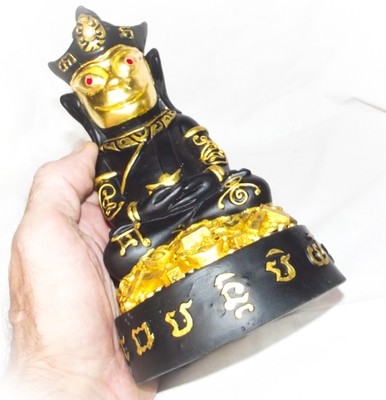
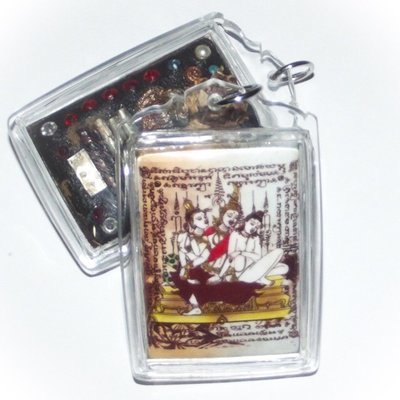
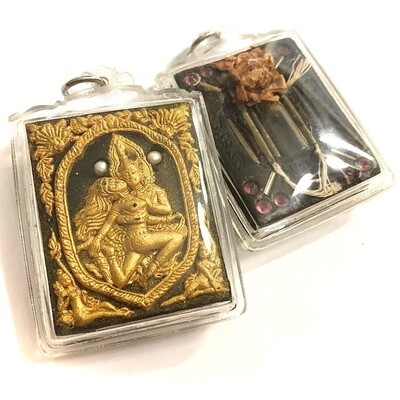
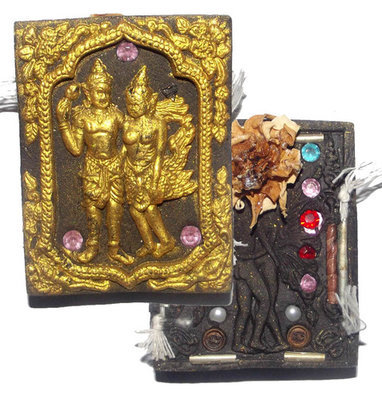
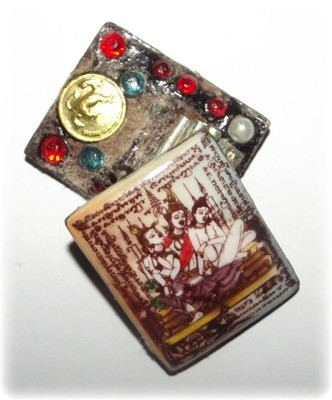

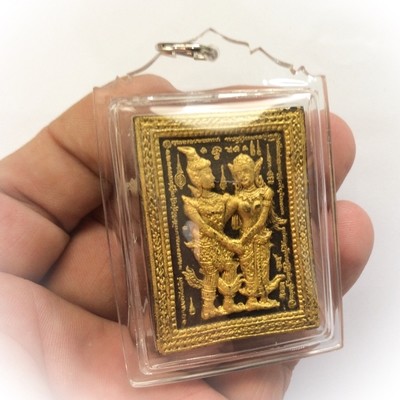
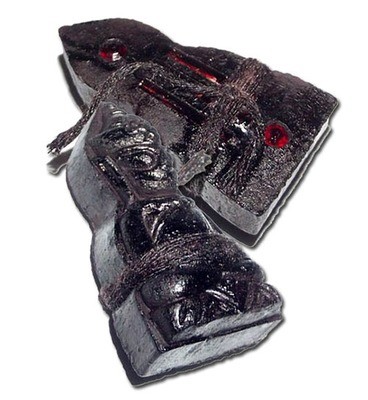
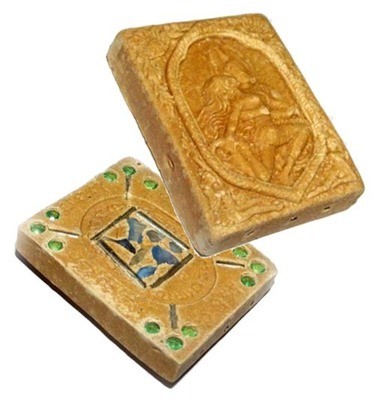
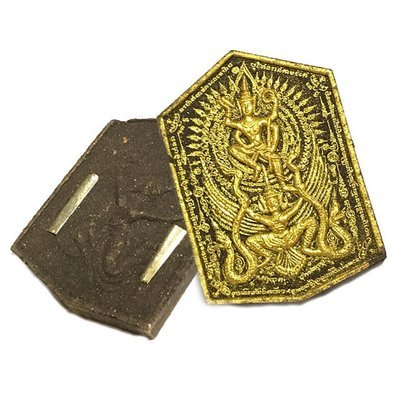
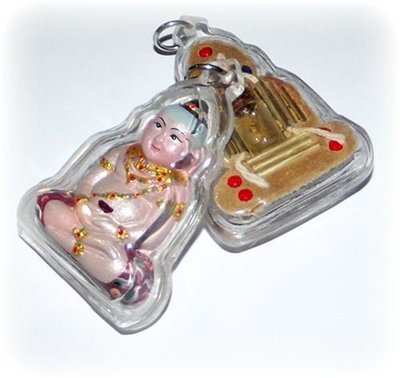
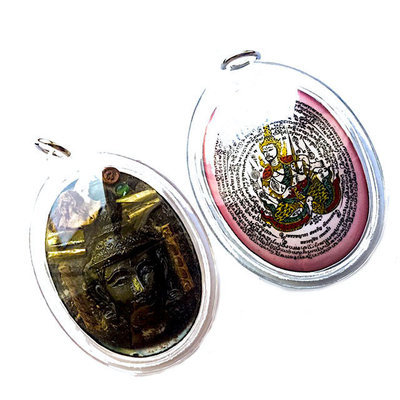

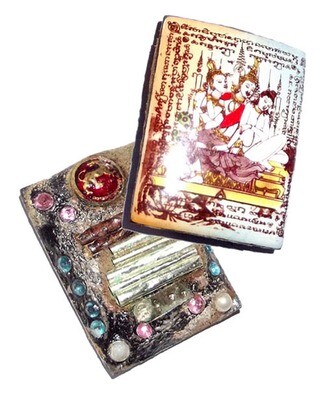

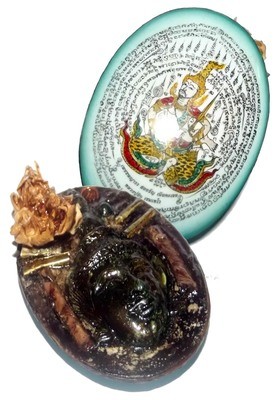
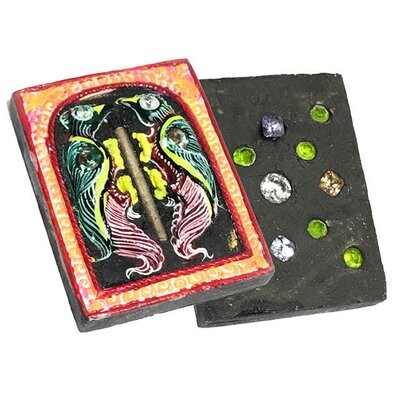
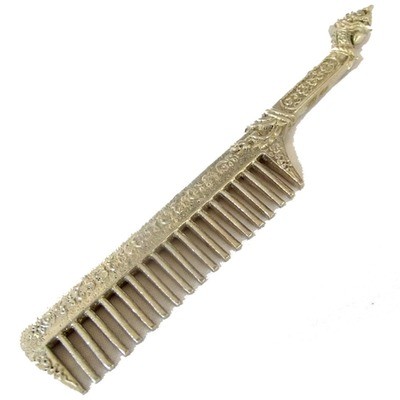
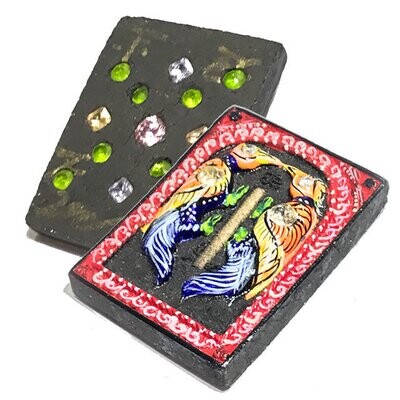
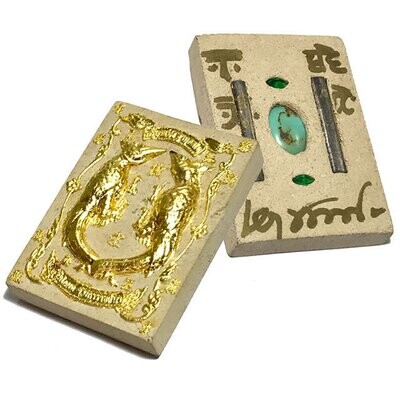
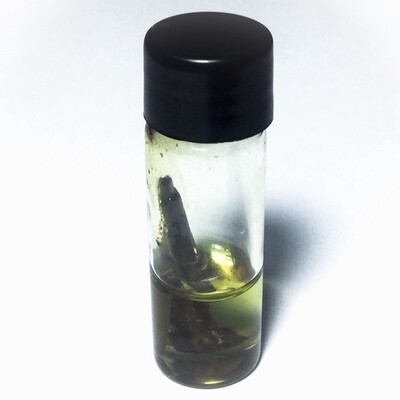
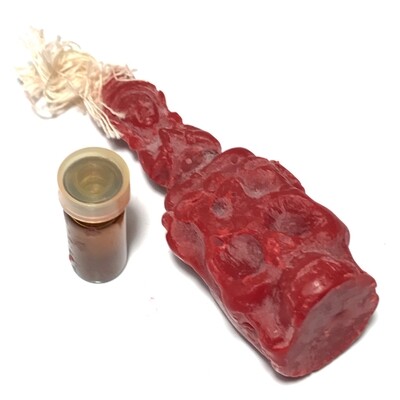


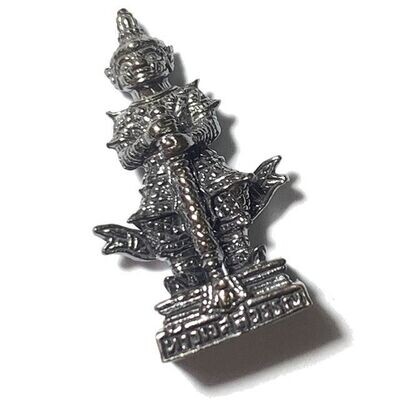
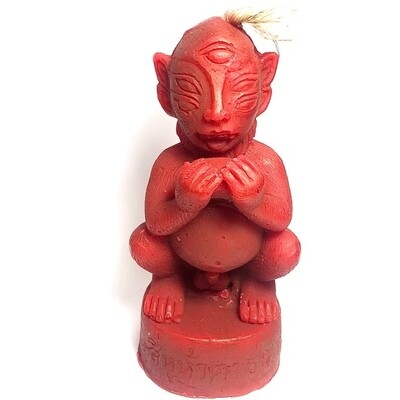
Contact Us
Follow Us on Youtube
About Us
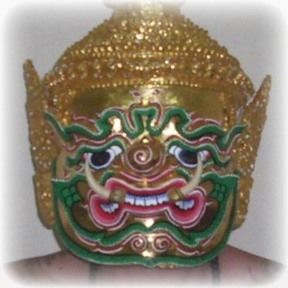
Ajarn Spencer
Proprietor
Thailand Amulets is owned and Administrated by Thai Occult and Amulet expert, Ajarn Spencer Littlewood who guarantees only authentic blessed amulets, and a free gift with every order, as well as his safe delivery or money back guarantee. https://facebook.com/ajarnspencer









